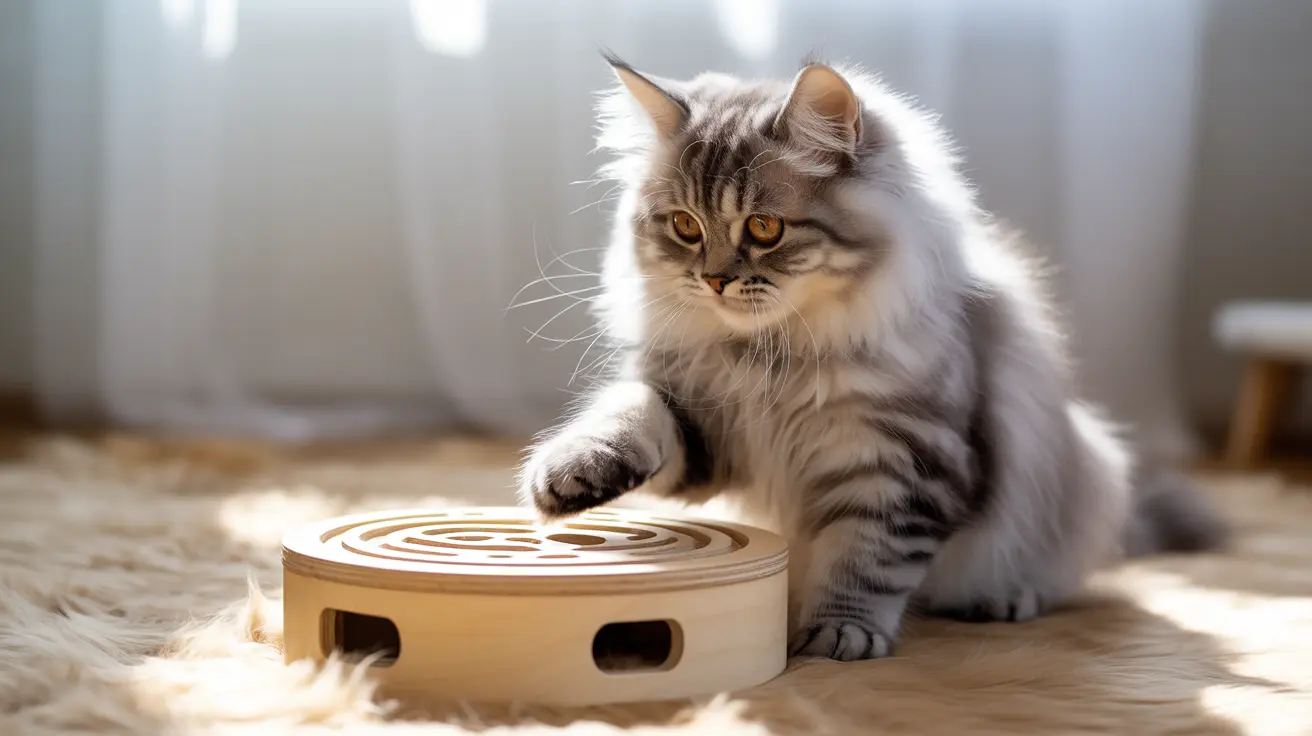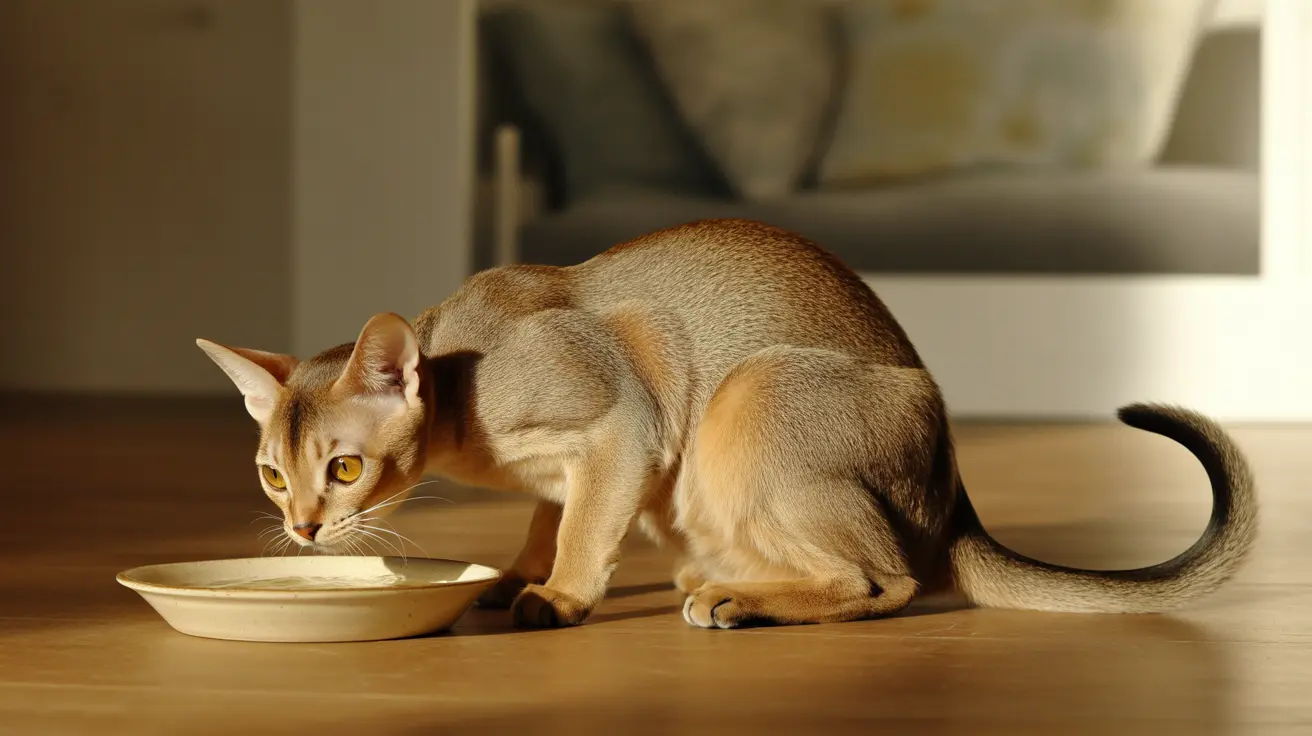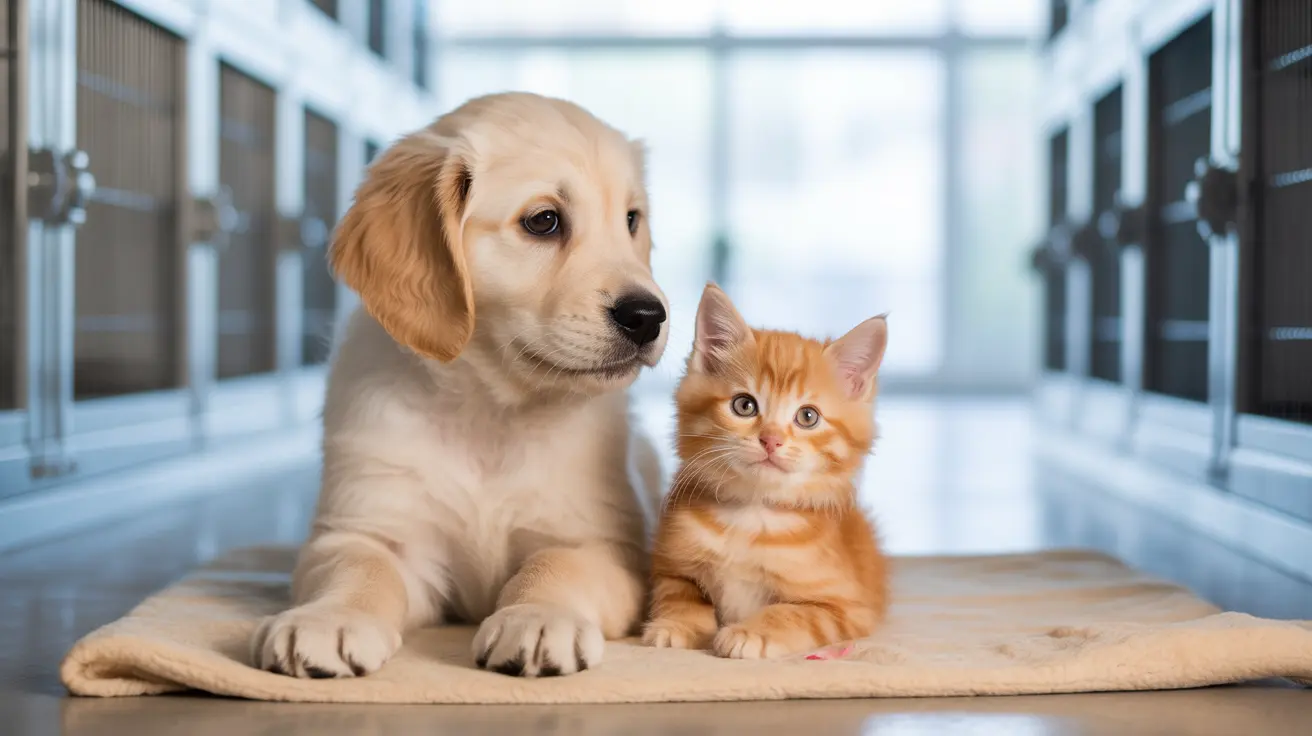Russian Blue Cat Breed Profile: Your Complete Guide to This Elegant Feline
The Russian Blue cat stands as one of the most distinguished and elegant feline breeds in the world, captivating cat enthusiasts with its shimmering silver-blue coat and piercing emerald eyes. This naturally occurring breed, with origins tracing back to the port city of Arkhangelsk in Russia, has evolved into a beloved companion known for its intelligence, loyalty, and striking appearance. Whether you're considering adopting a Russian Blue or simply want to learn more about this remarkable breed, understanding their unique characteristics, care requirements, and fascinating history will help you appreciate what makes these cats so special.
Russian Blues are medium-sized cats with a fine-boned yet muscular build, weighing between 7-15 pounds depending on gender. Their most distinctive feature is their short, dense double coat that creates a lustrous silvery sheen, paired with vivid green eyes that develop from yellow-green in kittenhood. Beyond their stunning appearance, Russian Blues are known for their calm, intelligent temperament and strong bonds with their human families, though they tend to be reserved around strangers.
Physical Characteristics and Appearance
The Russian Blue's physical appearance is truly distinctive, featuring a medium wedge-shaped head with a blunt muzzle and large, pointed ears set far apart. Their wide-set, rounded eyes are one of their most striking features, developing from yellow-green in kittenhood to a vivid, bright green in adulthood. The breed has a long, slender neck that flows into a fine-boned, muscular body that appears graceful without being tubular in shape.
Their legs are long and fine-boned, ending in small, slightly rounded paws with five toes in front and four in back. The paw pads are characteristically pinkish lavender or mauve in color. The tail is long and tapering, starting from a moderately thick base and creating an elegant silhouette that complements the cat's overall refined appearance.
Coat and Color Details
The Russian Blue's coat is perhaps their most celebrated feature. The short, dense, fine coat stands out from the body due to its exceptional density, creating a distinct soft and silky texture. The uniform bright blue coloration ranges from light shimmering silver to darker slate grey, with lighter shades being preferred in show cats. What makes their coat truly special are the silver-tipped guard hairs that create the breed's signature lustrous, silvery sheen.
This double coat consists of an undercoat that is as soft and downy as the guard hairs, which are evenly blue with silver tips. The tail may occasionally show faint stripes, but tabby markings are not accepted in breed standards. The nose leather is slate grey, perfectly complementing the overall blue-grey coloration of the cat.
Temperament and Personality Traits
Russian Blues are renowned for their calm, balanced personality that combines intelligence with affectionate loyalty. They tend to be quiet cats who form strong bonds with their human families, often showing particular attachment to one person while remaining affectionate toward the entire household. Their intelligence is remarkable, making them highly trainable cats that can learn tricks and respond well to consistent routines.
These cats are naturally curious and mechanically adept, often investigating cabinets, containers, and other household items. They seek out lap time and may enjoy riding on their owner's shoulders, demonstrating their desire for close contact with their favorite humans. Russian Blues are also highly responsive to their owners' moods, often providing comfort during difficult times.
Social Behavior and Interaction
While Russian Blues are affectionate with their families, they tend to be reserved around strangers and may initially hide when guests arrive. However, their curiosity typically wins over their shyness, and they'll often emerge to investigate new people once they feel secure. They adapt well to quieter homes and are best suited for calm environments where they won't be subjected to rough handling or chaotic situations.
The breed bonds well with older children who understand how to interact gently with cats, but they prefer households that maintain consistent routines. Russian Blues dislike sudden changes in their environment or schedule and may express their displeasure vocally, as they are known to be quite vocal in communicating with their owners.
Care Requirements and Maintenance
Russian Blues are relatively low-maintenance cats when it comes to grooming, thanks to their short, dense coat. Regular brushing once or twice a week is typically sufficient to remove loose hair and maintain the coat's lustrous appearance. However, they do require significant mental and physical stimulation to prevent boredom and potential behavioral issues.
These cats have large appetites and can easily become overweight if their food intake isn't carefully monitored. Interactive exercise is essential to maintain their health and prevent obesity-related issues. Russian Blues retain their playful, adolescent traits until they're 3-4 years old or even later, so providing appropriate toys and activities is crucial throughout their extended kittenhood.
Exercise and Mental Stimulation
Russian Blues exhibit exceptional athleticism, rivaling breeds like Abyssinians in their leaping and climbing abilities. They have strong natural hunting instincts and enjoy toys that simulate prey, such as feathered fishing poles and interactive puzzle feeders. Kittens particularly require playmates or engaging toys to provide adequate mental stimulation and prevent mischievous behavior.
These cats thrive with regular play sessions that challenge both their physical abilities and mental acuity. Climbing structures, puzzle toys, and rotating toy selections help keep Russian Blues engaged and satisfied in indoor environments.
Health Considerations and Lifespan
Russian Blues are generally healthy cats with lifespans ranging from 10-20 years, with many living well into their teens. However, like many purebred cats, they may have increased susceptibility to certain health issues due to their relatively small gene pool. Regular veterinary checkups are important for early detection of any potential problems.
Weight management is particularly important for this breed due to their large appetites and tendency toward weight gain if not properly managed. Obesity can lead to various health complications, making portion control and regular exercise essential components of their care routine.
Allergenic Considerations
Anecdotal evidence suggests that Russian Blues may be better tolerated by people with mild to moderate cat allergies. This may be due to their production of lower levels of the Fel d 1 glycoprotein allergen and their thicker coat that tends to trap allergens closer to the skin. However, it's important to note that allergic reactions can still occur, and individual sensitivity varies greatly among allergy sufferers.
Breed History and Origins
The Russian Blue's history is both fascinating and somewhat mysterious, with the breed possibly originating naturally in the port city of Arkhangelsk in Russia, earning them the alternate name "Archangel Blue." Sailors are believed to have brought these cats from the Archangel Isles to Great Britain and Northern Europe during the 1860s, introducing the breed to Western cat fancy.
The first documented reference to an Archangel Cat appeared in British print in 1862, and the breed made its first show appearance in 1872 in England under this name. Initially, Russian Blues were grouped with all blue cats until 1912, when they received their own distinct classification. The breed was primarily developed in England and Scandinavia until after World War II.
Post-War Development
World War II nearly led to the breed's extinction, creating a scarcity that necessitated crossbreeding with other cats, particularly Siamese, especially in the United States. This crossbreeding combined Scandinavian and British Russian Blue bloodlines, though current Russian Blues have largely bred out the Siamese traits. The post-war period also saw the introduction of color-point genes from Siamese crosses, though color-point Russian Blues are not officially recognized for breeding or showing.
Distinguishing Russian Blues from Similar Breeds
Russian Blues are sometimes confused with other blue-coated breeds, but several key differences help distinguish them. The Chartreux, while also blue-coated, has amber eyes rather than green and features a stockier, more robust build compared to the Russian Blue's fine-boned elegance. British Shorthairs with blue coats have a much rounder body type and less slender appearance than Russian Blues.
The Russian Blue's vivid green eyes, silver-tipped guard hairs creating the distinctive sheen, and fine-boned muscular build are key identifying features. White fur patches or yellow eyes in adult cats are considered faults in show cats and can indicate mixed breeding.
Living with Russian Blues
Russian Blues adapt well to indoor living and can be suitable for first-time cat owners who understand their need for routine and gentle handling. They thrive in calm households where they can establish predictable patterns and feel secure in their environment. These cats do well with other pets and can benefit from having a companion cat, especially in indoor-only households where they might otherwise experience loneliness.
Their intelligence and trainability make them responsive to consistent training methods, and their strong memory means they'll remember both positive and negative experiences. Russian Blues often greet favorite visitors enthusiastically while remaining cautious around unfamiliar people until they feel comfortable.
Frequently Asked Questions
Are Russian Blue cats hypoallergenic?
While no cat is truly hypoallergenic, Russian Blues may be better tolerated by some people with mild cat allergies. They potentially produce lower levels of the Fel d 1 allergen and have dense coats that may trap allergens closer to their skin. However, individual reactions vary, and allergic responses can still occur.
How big do Russian Blue cats get?
Russian Blue cats are medium-sized, with adult males typically weighing 10-12 pounds and females weighing 7-10 pounds. They have a fine-boned but muscular build that gives them an elegant, graceful appearance without being overly large or heavy.
Are Russian Blues good with children and other pets?
Russian Blues can be good with older children who understand how to interact gently with cats and respect their boundaries. They also tend to do well with other pets, especially if introduced properly. However, they prefer calm environments and may not thrive in households with very young children or chaotic situations.
Do Russian Blue cats require special grooming?
Russian Blues are relatively low-maintenance when it comes to grooming. Their short, dense coat typically requires brushing only once or twice a week to remove loose hair and maintain its lustrous appearance. They don't shed excessively compared to many other breeds.
How long do Russian Blue cats live?
Russian Blues typically have lifespans ranging from 10-20 years, with many cats living well into their teens or even early twenties with proper care. They're generally healthy cats, though regular veterinary care and weight management are important for maintaining their health.
Are Russian Blues vocal cats?
Yes, Russian Blues are known to be quite vocal and use their voices to communicate with their owners. They may express displeasure vocally when their routines are disrupted or when they're unhappy with changes in their environment.
What makes Russian Blues different from other blue cat breeds?
Russian Blues are distinguished by their vivid green eyes (not amber like Chartreux cats), their silver-tipped guard hairs that create a lustrous sheen, and their fine-boned, elegant build. They also have specific personality traits like intelligence, loyalty, and sensitivity to routine that set them apart from other blue-coated breeds.
Conclusion
The Russian Blue cat breed profile reveals a truly exceptional feline companion that combines stunning physical beauty with remarkable intelligence and loyalty. These elegant cats, with their distinctive silver-blue coats and emerald eyes, offer a unique blend of affection and independence that appeals to many cat enthusiasts. Their calm, balanced temperament makes them excellent indoor companions, while their intelligence and trainability create opportunities for deep bonds with their human families.
For those considering adding a Russian Blue to their household, understanding their need for routine, gentle handling, and mental stimulation is crucial for ensuring a happy, healthy relationship. With proper care, including appropriate diet management, regular exercise, and a stable environment, Russian Blues can provide 15-20 years of companionship, making them a wonderful long-term addition to the right family. Their combination of beauty, intelligence, and devoted nature continues to make the Russian Blue one of the most cherished cat breeds worldwide.






